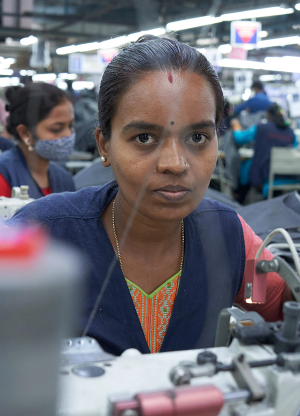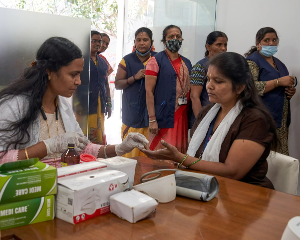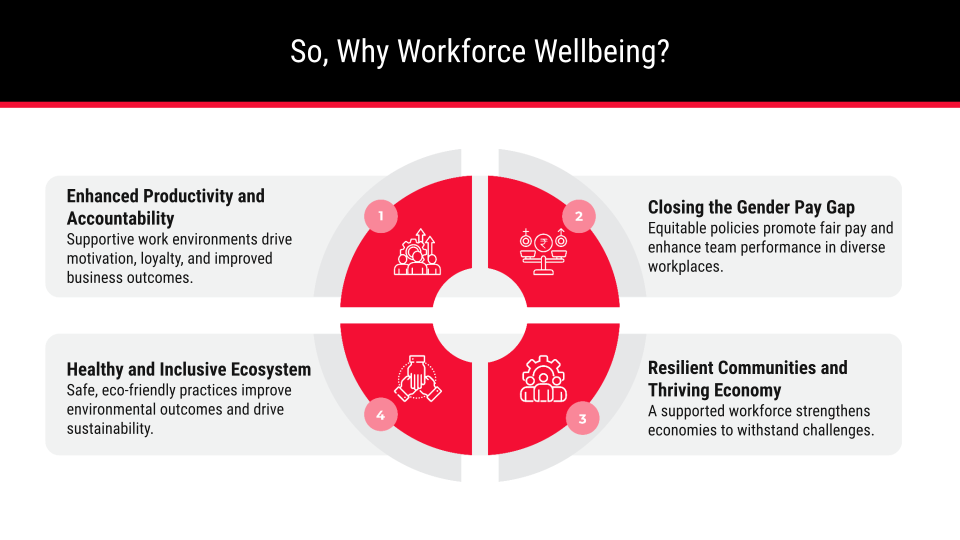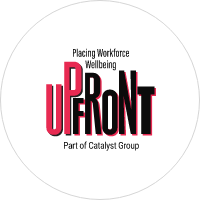Why
Workforce
Wellbeing?
* Source: CEBR
** Source: npr.org *** Source: Forbes

The workforce is integral to the global and local economies but stays largely at the bottom of the pyramid, with skewed participation of women and trans people facing issues related to inequity, bias, discrimination, harassment, and violence.
Systems generally tend to transact rather than engage with the workforce. Their wellbeing is mostly considered a ‘cost’ not an ‘investment’.
A large number of the workforce are migrants, experiencing exclusion and poverty as a result of inadequate resources, support, and a lack of inclusive infrastructure, leadership, practices, policies, and systems.
With rising climate, health, and occupational risks threatening millions of lives and livelihoods, the world is transitioning from being Volatile, Uncertain, Complex, and Ambiguous (VUCA) to being Brittle, Anxious, Non-Linear, and Incomprehensible (BANI), where the workforce tend to get caught in a vicious loop of poverty, unemployment, precarious work, and living conditions. In both VUCA/BANI-led labour markets, employers and industries too are caught up between businesses, growth, and production at one end and attrition, absenteeism, and productivity at the other end.


So why should we invest in making wellbeing a reality for the workforce?
Research substantiates that an empowered workforce fosters economic growth, which can be backed by comprehensive efforts and good practices. With an investment of $10 trillion projected by 2035, the benefits can only be realised if we invest in our workforce (Centre for Economics and Business Research (CEBR)).
Strengthening the Workforce for Sustainable Growth

Enhanced Productivity and Accountability
The workforce who feel supported and valued are less likely to experience absenteeism and more likely to exhibit motivation and loyalty. A third-party study of a co-designed and implemented programme, by Tufts University has shown that companies that invest in employee health and wellbeing see a direct correlation with increased productivity and profitability. For instance, training initiatives reduced late days among female workers from 45 to 17 per month*. Both men and women participants reported significant improvement in their health after attending a behaviour change-based capacity-building programme.
There are also reports of improvement in overall turnover and attrition by employers and management. Therefore, safe, inclusive programmes, policies, and practices will lead to work environments that will improve outcomes related to safety, security, health, and productivity ultimately benefiting both the workforce and businesses.
Closing the Gender Pay Gap
Implementing effective transformative policies and programmes has demonstrated measurable outcomes. The study by Tuft University indicates that increasing women’s earnings to 91 cents for every dollar earned by men, thereby contributing to a more equitable workplace. Study by Gartner has shown that inclusive teams improve team performance by up to 30 percent in high-diversity environments.
“Furthermore, the SDGs promote decent work and economic growth by seeking full and productive employment and decent work for all women and men including for young people and persons with disabilities, and equal pay for work of equal value. Mainstreaming of a gender perspective is crucial in the implementation of the 2030 Agenda for Sustainable Development” ~ UN


Resilient Communities and Thriving Economy
A resilient and well-supported workforce is fundamental to establishing a robust and healthy economy that is capable of withstanding economic and environmental fluctuations and uncertainties.
Healthy and Inclusive Ecosystem
Occupational health and safety measures, eco-friendly facilities and services, green jobs and safe and environment-friendly practices can boost green carbon credits and environmental outcomes for industries, local governments, and the communities. Governments and Industries can improve climate and environmental outcomes by adaptations of safe, healthy, and green practices in their supply chains.


